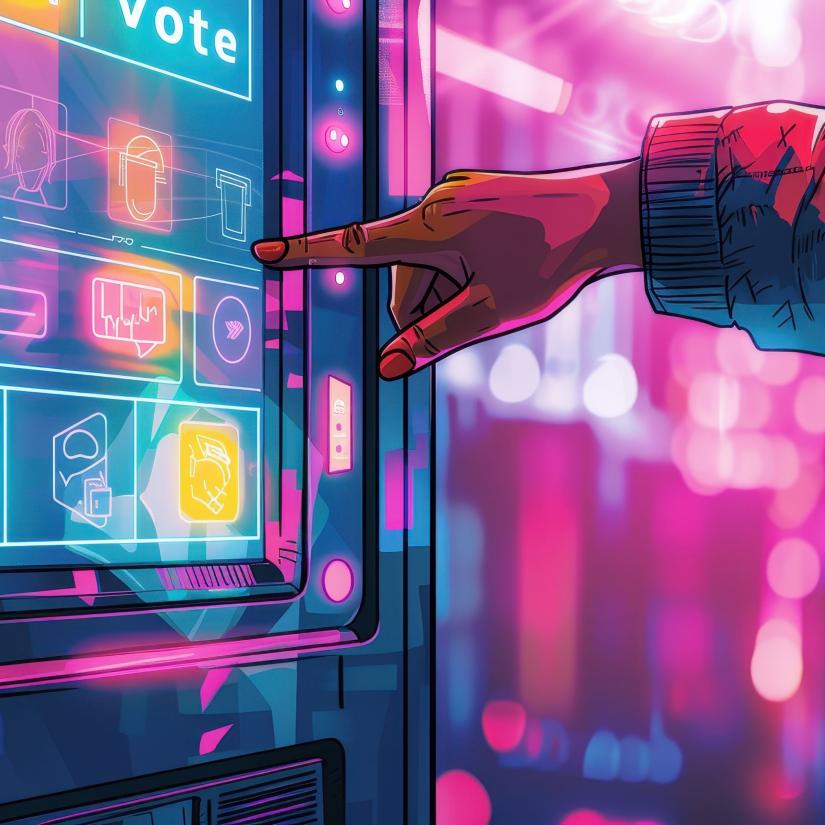
Earlier this month, independent federal MP Zali Steggall proposed the Voluntary Ethical Political Advertising Code, following the Albanese government’s withdrawal of the misinformation and disinformation bill in November last year. Steggall hopes the Code will support the integrity of the political process by providing “Parliamentarians, candidates and interest groups with clear guidelines to ensure their advertising shares credible information, builds trust with the public and supports voters in making informed and accurate decisions during elections.”
The timing of Steggall’s initiative is interesting, as Labor stands accused of misleading voters about Peter Dutton’s position on Medicare via edited clips of an old video that decontextualised his comments to suggest he was against free healthcare. Similarly, we saw Greens senator David Shoebridge in a Sydney TV studio advocating for cannabis legalisation, although the American accent was a giveaway. Sure enough, the AI-generated video commissioned by the ABC was a cautionary tale against misleading but convincing deepfakes. ACT Senator David Pocock created deepfakes of Albanese and Dutton promising a ban on gambling ads to warn against generative AI in election-period advertising.
While these examples may seem like harmless fun, they create uncertainty and may influence public opinion and erode trust, particularly when coupled with hidden AI-powered tailored messaging that “creates information asymmetries.” These ephemeral dark ads subvert candidate depictions and are selectively delivered to voters depending on their political alignment.
Section 329 of the Commonwealth Electoral Act prohibits deceptive content in relation to voting decisions. However, that does not limit falsehoods and deepfakes in political advertising in the lead-up to an election campaign. The legislation applies only to "the period commencing on the day of issue of the writ for the election and ending at the latest time on polling day."
At a state level, there is some inspiration, according to Monash Associate Professor Yee-Fui Ng. Since 1985, Section 113 of South Australia’s Electoral Act has empowered the Electoral Commission to request a correction and withdrawal of materially inaccurate and misleading campaigns. Despite some indications that truth-in-political-advertising laws can be used as a “political tool” by parties to gain electoral advantage, Dr Ng’s interviews with various political stakeholders demonstrate that such laws have had “no ‘chilling’ effect on freedom of speech.”
Additionally, South Australia Electoral Commission’s reputation for impartiality has been “unaffected.” In 2020, the ACT established a similar law under section 297A of the Electoral Act. Nevertheless, the laws do not cover federal elections, leaving voters to sift through the facts. As a result, the Commonwealth Electoral Act requires greater precision and scope so that Australians are protected from deliberately false content during and beyond election campaign periods.

Alena Radina, CMT Postdoctoral Fellow

